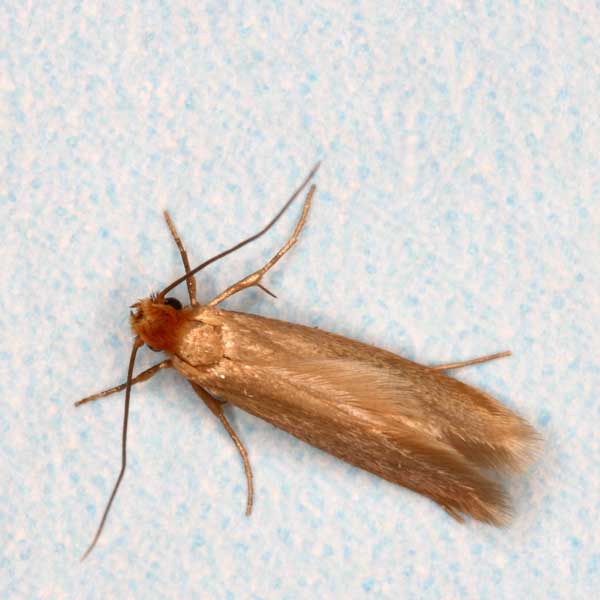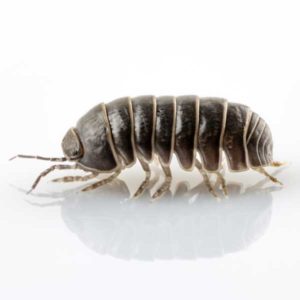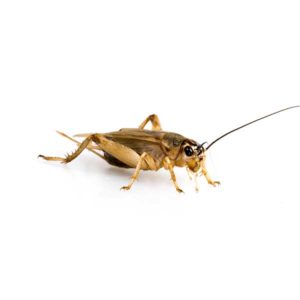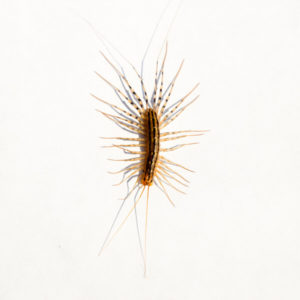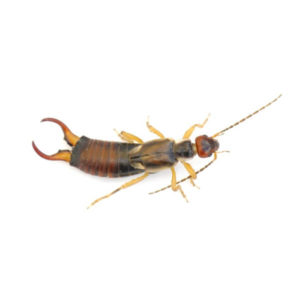Clothes Moths in Anaheim
Clothes moths live up to their name with their habit of destroying fabrics. They’re a unique pest because they can break down keratin, which is a protein found in things like hair, feathers, or animal hide. In North America, there are two types of clothes moths: webbing clothes moths and casemaking clothes moths. For both species, the larvae are responsible for the majority of the damage, and they only eat animal-based fibers like wool, silk, or leather. Infestations often go undetected for quite some time, allowing these pests to cause irreparable damage to clothes or other decorative items.
Clothes Moth Habitat
Clothes moths are not often seen because they stay away from light. They like dark and quiet places like closets, attics, or basements. Inside homes, you might spot moth larvae on woolen clothes, carpeting, and upholstery. Little pieces of lint from wool rugs and pet hair hiding behind baseboards can even attract these moths. They especially like to lay their eggs in the carpet under the back legs of sofas, a spot that vacuum cleaners rarely reach. The adult moths themselves don’t eat fabric, but when you see them, it’s a sign that they’re about to lay eggs, which will hatch into fabric-eating larvae.
Clothes Moth Behaviors, Threats, or Dangers
Clothes moths can damage and ruin various items, including sweaters, blankets, rugs, pillows, furniture, decorations, and even stuffed animals. The larvae, which are most destructive, like to eat in dark, quiet places like closets and storage boxes. Clothes and blankets that you use regularly or rugs that receive regular vacuuming are usually safe. The edges and undersides of rugs or areas under furniture are more likely to be targeted. If you suspect you have a clothes moth issue, it’s best to get in touch with a pest control professional for help.

